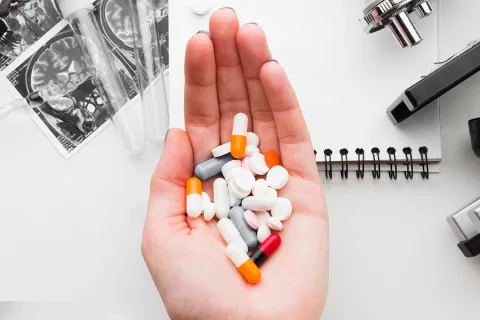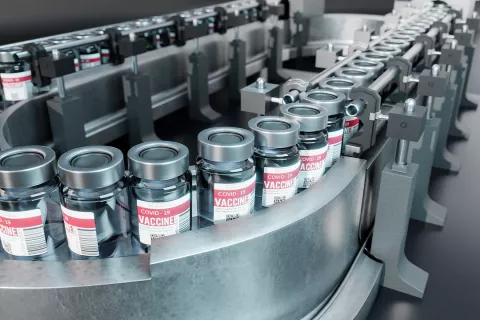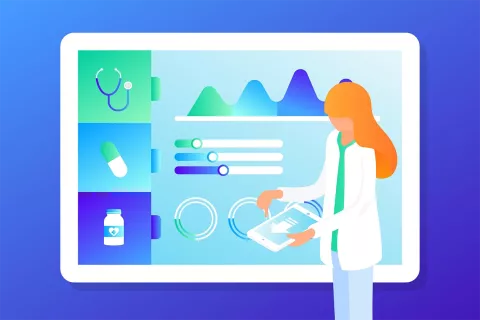Consult Now
Blog Auto Popup FormEven after a successful Regulatory nod, the journey for a medical product isn't over. Post-market surveillance (PMS) and enforcement become crucial aspects of ensuring patient safety and product efficacy. Regulatory artwork, which played a key role in your initial application, remains relevant in this phase as well.
This blog post explores how Regulatory artwork continues to be important in navigating post-market surveillance and enforcement for medical products.
Understanding Post-Market Surveillance (PMS):
PMS is a systematic process for proactively monitoring the safety and performance of a medical product after it reaches the market. This involves collecting and analyzing data on adverse events, product complaints, and trends in usage. The data obtained through PMS helps Regulatory authorities identify potential safety issues and ensure the product continues to meet the required standards.
Request a Post-Market Surveillance Consultation
The Role of Regulatory Artwork in PMS:
Regulatory artwork serves several purposes during PMS:
- Facilitates Data Collection: Clear and concise instructions for use (IFUs) illustrated with diagrams and flowcharts can improve healthcare professional (HCP) understanding and encourage accurate reporting of adverse events.
- Supports Trend Analysis: Well-designed trend charts and graphs can visually represent PMS data, aiding Regulatory authorities in identifying patterns and potential safety concerns.
- Communication During Enforcement Actions: If enforcement actions are required due to safety issues, clear and informative artwork can be used in communication materials directed towards HCPs and patients.
Best Practices for Regulatory Artwork in PMS:
- Maintaining Artwork Accuracy: Ensure your artwork reflects any updates made to the product, labeling, or manufacturing processes post-approval.
- Version Control: Implement a system for version control to track changes made to Regulatory artwork and ensure you're using the most current version in all PMS activities.
- Accessibility: Regulatory artwork should be easily accessible to relevant stakeholders, including HCPs, patients, and Regulatory authorities. Consider creating electronic versions for online access.
Benefits of Effective Regulatory Artwork in PMS:
- Enhanced Data Quality: Clear IFUs can lead to more accurate and complete reporting of adverse events, improving the quality of PMS data.
- Faster Identification of Issues: Well-designed visualizations can expedite the identification of trends and potential safety concerns within the PMS data.
- Improved Communication: Clear and consistent artwork can ensure effective communication during enforcement actions, minimizing disruption and ensuring patient safety.
The ever-evolving landscape of post-market surveillance (PMS) and enforcement demands a vigilant approach. Regulatory artwork, once a key to securing initial approval, continues to play a vital role in ensuring the safety and efficacy of your medical product throughout its lifecycle.
In today's dynamic Regulatory environment, a proactive approach to PMS is essential. By partnering with Freyr Solutions, you gain a trusted advisor with the expertise to ensure your Regulatory artwork continues to be an asset in your post-market strategy. With Freyr's support, you can navigate PMS and enforcement with confidence, ensuring the continued success of your medical product and prioritizing patient safety.
Stay tuned for our next blog post! In our next exploration of the post-market landscape, we'll delve into the steps that Regulatory authorities typically follow to navigate PMS and enforcement effectively. This will provide valuable insights into anticipating potential actions and ensuring your continued compliance.










